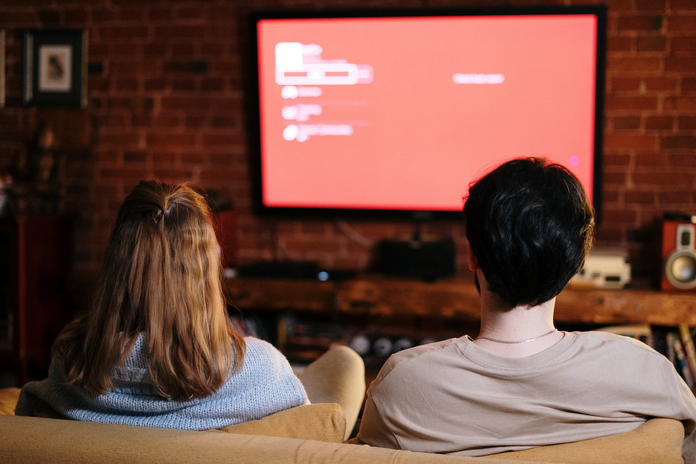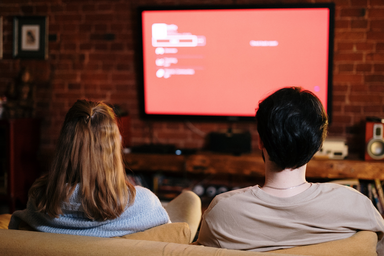Television presents a disappointing (if unsurprising) double standard that allows violence to be shown freely but sex and women’s bodies to be restricted and treated as shameful – and it could be doing damage to the way we think about sex.
The FCC defines graphic or vulgar content almost entirely through its relation to sexual content, putting forth the definition that obscenity is “[content which] must appeal to an average person’s prurient interest; depict or describe sexual conduct in a “patently offensive” way; and, taken as a whole, lack serious literary, artistic, political or scientific value.”
This provides some room for healthy sexual relations to be presented in a way that is “inoffensive” but still presents a set of hoops to be jumped through for it to be acceptable and adds a layer of stigma around sexuality in media.
On the opposite end, there is no federal regulation for violence on television.
I don’t delude myself into thinking that no sexual content makes its way onto television; of course, sex scenes are all over, and many of them are not explicitly violent. But the fact that there is such an imbalance between what is regulated in the realm of sexual content and what is regulated in the realm of violent content presents an intrinsic tendency of our society to view sexuality as less acceptable than gore.
And outside the realm of broadcast, the lines between sex and violence are blurred in another form of media: pornography.
A 2020 study published in the Journal of Medical Internet Research found that aggressive acts are frequently shown in a majority of porn videos studied and that when violence occurred in heterosexual porn it was almost always depicting violence being inflicted on women by men.
Acts of aggression like hitting and choking, messages of dubious consent, and visual cues that pose women as submissive and men as aggressive, prioritizing male pleasure, all define the media as an aggressive and violent genre. Porn is erring away from realistic, healthy, and consensual depictions of sex and towards something gory – and research has shown that it’s formative in how many young people perceive sexuality.
This feature story from the New York Times also provides some insight on the topic – that teenagers are turning to porn as a way to learn about sex, either as an alternative to sexual education or to figure out what is desirable – and what they’re finding is aggression.
So much of the sexual content that we view on television and online is so twisted around unrealistic norms and designed through a lens for male viewing pleasure that it distorts the way we understand sex itself.
When a scene on television that shows a consensual, realistic sex scene is more closely regulated than a scene implying rape, or explicitly showing someone being shot or stabbed, it sends a message to the audience that violence is acceptable – even if only for entertainment’s sake – but that sex is not. It keeps healthy sexual relationships outside the realm of what is seen in the public eye. And there, outside the realm of what can be put on mainstream television or in film, violence is intertwined with sex so closely that for young people looking to understand sexuality the line between the two can be indecipherable.



